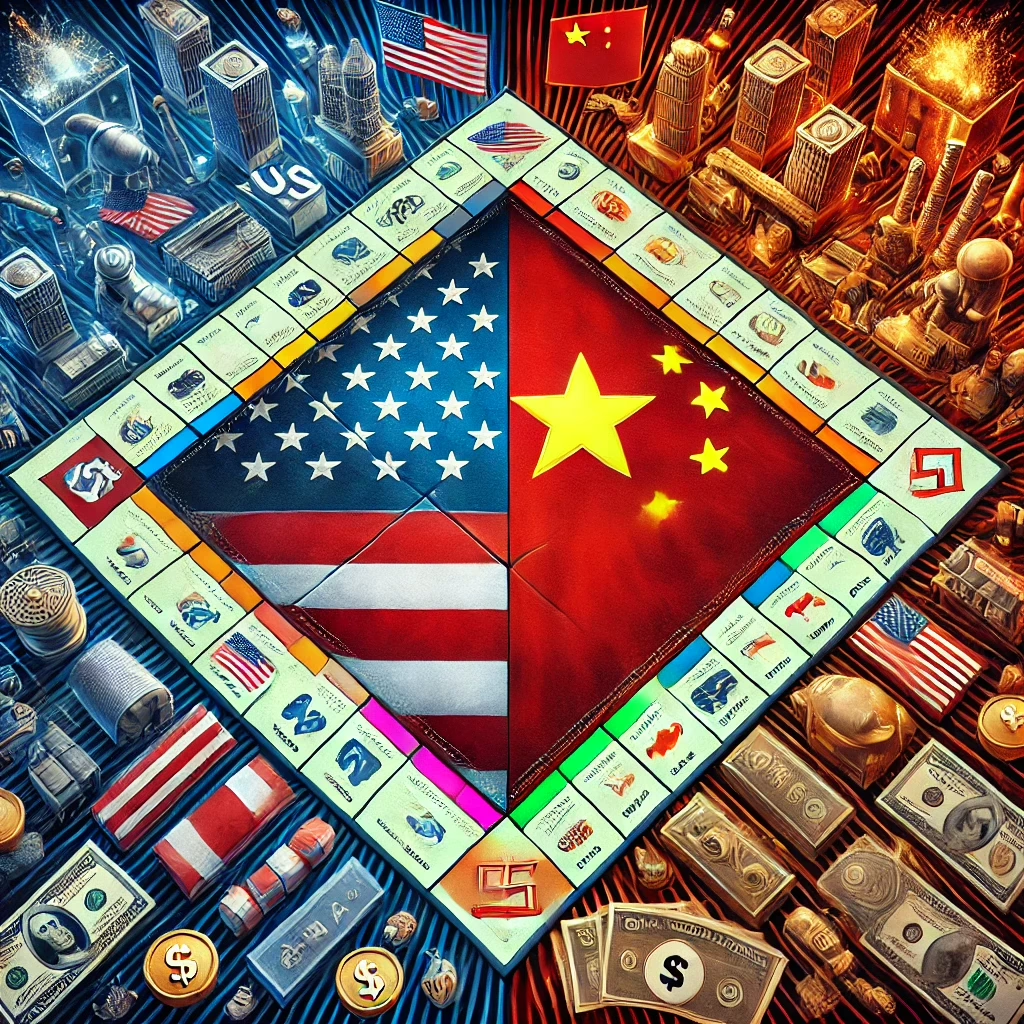The Impact of Escalated US-China Tariffs on Consumers and Businesses: A Closer Look at Mobile Phones, Clothing, and Electricals
Introduction
The US-China trade war, a hallmark of recent economic tensions, has seen both nations impose escalating tariffs on each other’s goods. In a hypothetical scenario where the US enforces 145% tariffs and China retaliates with 125% tariffs, the ramifications for consumers and businesses would be profound. This article examines the potential consequences of such extreme tariffs, focusing on three key sectors: mobile phones, clothing, and electricals.
Consumer Impact: Higher Prices and Reduced Choices
Tariffs act as taxes on imports, directly inflating prices for consumers.
Mobile Phones:
A smartphone costing £500 to import from China would surge to £1,225 with a 145% US tariff. Consumers might delay upgrades, opt for cheaper alternatives, or face financial strain. Brands like Apple, reliant on Chinese manufacturing, could see demand plummet unless they absorb costs—a move that would slash profit margins.
Clothing:
A £10 garment from China would jump to £24.50. Retailers like Gap or H&M, dependent on affordable Chinese textiles, might pass costs to shoppers, squeezing household budgets. Consumers could turn to fast-fashion alternatives from Vietnam or Bangladesh, though quality and supply constraints might limit relief.
Electricals:
A £300 microwave subject to a 145% tariff would climb to £735, pricing out many buyers. Consumers might defer purchases or seek domestic alternatives, which could be scarce or more expensive due to higher production costs in the US.
Business Impact: Supply Chain Chaos and Profit Pressures
Businesses face a dual challenge: navigating inflated input costs and adapting to shifting demand.
Mobile Phone Manufacturers:
Companies reliant on Chinese components, such as Apple, could see production costs soar. While shifting factories to India or Vietnam is an option, the transition is costly and slow. Smaller US retailers selling Chinese-made phones might shutter entirely.
Apparel Retailers:
US brands outsourcing production to China would grapple with razor-thin margins. To avoid tariffs, some might pivot to suppliers in Cambodia or Mexico, but quality control and lead times could suffer. Meanwhile, Chinese tariffs on US cotton exports could disrupt global textile supply chains.
Electrical Goods Producers:
US manufacturers using Chinese steel or semiconductors would face inflated costs, potentially stalling innovation. Conversely, Chinese firms hit by US tariffs might lose market share in critical sectors like consumer electronics, impacting giants like Haier.
Broader Economic Implications
Inflation: Prolonged tariffs could fuel inflation, straining central banks to balance interest rates.
Global Supply Chains: Industries might accelerate diversification, but reshoring production could take years and trillions in investment.
Small Businesses: Lacking the resources of multinationals, many could collapse, exacerbating unemployment.
Conclusion
While the cited 145% and 125% tariffs are hypothetical extremes, they underscore the fragility of global trade. Consumers bear the brunt through higher prices, while businesses face existential risks. In the long term, such tariffs could spur self-reliance but at the cost of economic efficiency and innovation. As both nations weigh protectionism against interdependence, the need for strategic negotiations becomes ever more urgent to avert a lose-lose scenario for all.
This analysis serves as a cautionary tale: in a globalized economy, tariff wars are not battles but mutually destructive sieges, with no true victors.





